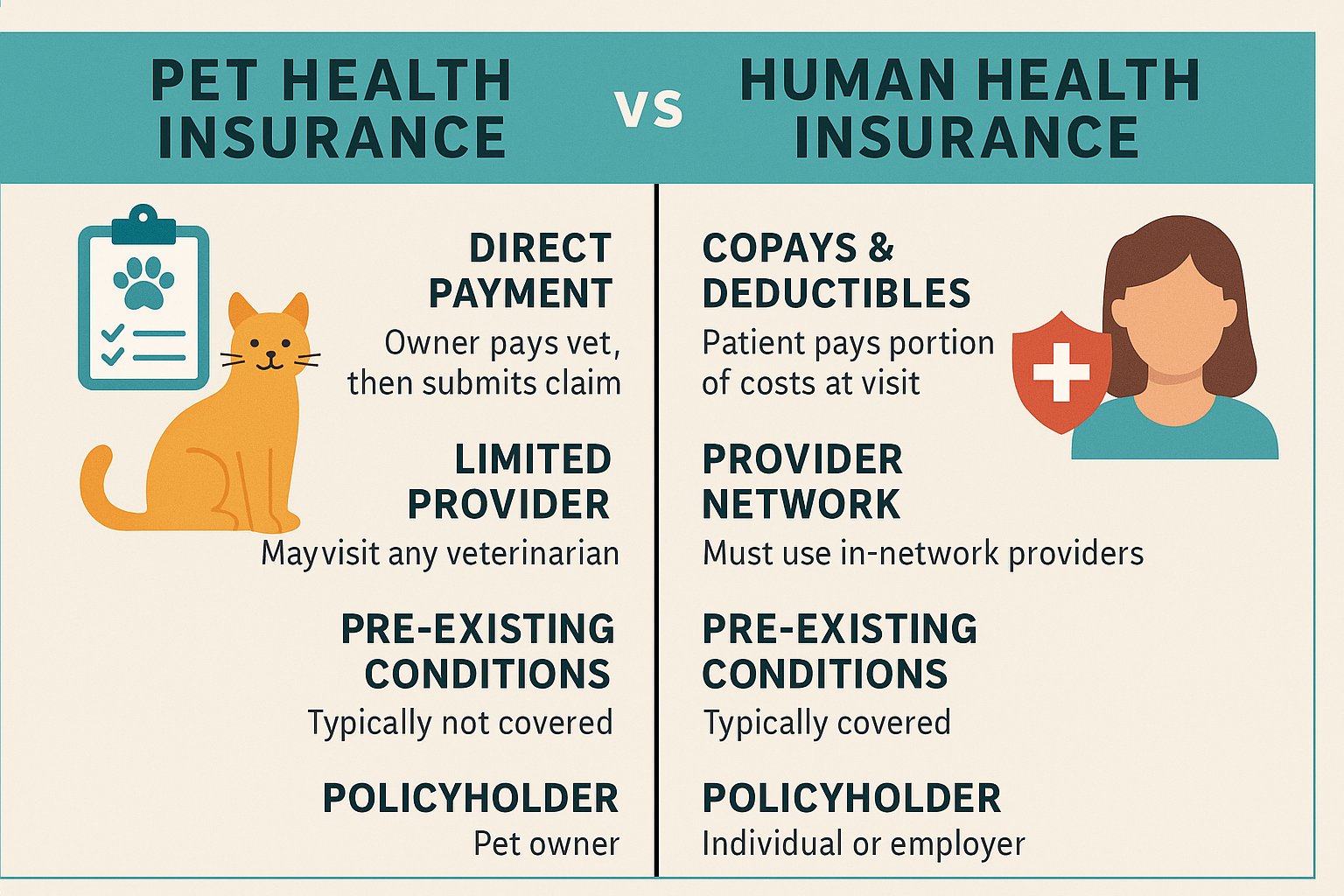
Comparing Health Insurance Plans: What Really Matters?
In today’s evolving healthcare landscape, comparing health insurance plans is more than just looking at the monthly premium. To make a well-informed decision in 2025, consumers must dig deeper into what each plan offers, how it aligns with their health needs, and how it will affect their overall financial well-being. With countless options available through the Health Insurance Marketplace, employer-sponsored programs, and private providers, choosing the right health insurance plan can feel overwhelming. However, understanding the core factors that truly matter can simplify the process and help you avoid costly surprises down the road.
One of the most important elements to evaluate when comparing health insurance plans is the total cost of care—not just the monthly premium. While a low premium may seem attractive, it often comes with higher deductibles, copayments, and coinsurance rates. A plan with a slightly higher premium but lower out-of-pocket costs might offer better value, especially for individuals or families who need frequent medical care. The deductible—the amount you pay before your insurance starts covering costs—can significantly impact your annual expenses, so it’s essential to weigh this against the premium. Additionally, consider the out-of-pocket maximum, which is the limit on what you’ll pay in a year for covered services. Plans with a lower maximum can offer crucial financial protection in case of serious illness or injury.
Another critical factor when comparing health insurance plans is the provider network. Health plans typically come with either a broad or narrow network of doctors, hospitals, and specialists. Choosing a plan with your preferred doctors or a nearby hospital in-network can save you thousands of dollars in the long term. Always check whether your current healthcare providers are included before enrolling. Going out-of-network may result in higher charges or, in some cases, no coverage at all. In 2025, many insurers are moving toward more selective networks to control costs, so network research is more important than ever.
Prescription drug coverage is another vital area to examine. Not all health insurance plans cover the same medications, and the cost of prescriptions can vary widely between plans. Be sure to review the drug formulary, which lists the medications covered under each plan and the tier they fall under. If you take regular medications, this aspect alone can be a deciding factor. Some plans offer additional discounts, mail-order options, or generic alternatives that could help reduce your medication costs over the year.
Coverage for essential health benefits should also be part of your comparison process. Under the Affordable Care Act (ACA), all Marketplace plans are required to cover a set of essential services, including preventive care, emergency services, maternity and newborn care, mental health services, and more. However, the scope and quality of these services can still vary. For instance, some plans might include more comprehensive mental health coverage or additional telehealth benefits. As telemedicine becomes more widely adopted in 2025, plans that include virtual care at no extra cost can offer added convenience and savings.
Flexibility is another key factor. Some health insurance plans require referrals for specialist visits, while others allow you to see any provider without one. If you prefer to manage your own care or expect to see specialists frequently, you may want to choose a PPO (Preferred Provider Organization) over an HMO (Health Maintenance Organization), even if the monthly cost is higher. PPOs typically offer greater flexibility but may come with higher premiums and deductibles.
For families, comparing pediatric services, family deductibles, and maternity care options is critical. Many plans also offer family-oriented features like wellness programs, 24/7 nurse lines, and discounts on gym memberships. These extra benefits can add substantial value to a plan, especially when they support preventative care and a healthier lifestyle. Students, seniors, and freelancers will each have different needs, and a plan that works well for one group might not suit another, which is why personalized comparison is so important.
Lastly, if you qualify for subsidies, be sure to factor those into your calculations. Premium tax credits and cost-sharing reductions can dramatically lower the total cost of a plan. By using the Health Insurance Marketplace to compare plans, you can see your estimated subsidy and total monthly premium after discounts. Don’t overlook this critical step, as many Americans qualify for assistance and don’t realize it.
Ultimately, comparing health insurance plans isn’t about finding the cheapest option—it’s about finding the plan that offers the best overall value based on your health needs, financial situation, and preferred providers. Taking time to understand what really matters in a health insurance policy ensures that you not only stay protected but also avoid unexpected expenses and limitations throughout the year. Informed consumers who actively compare their options during open enrollment or qualifying life events are far more likely to find affordable, high-quality coverage that works for them and their families.



